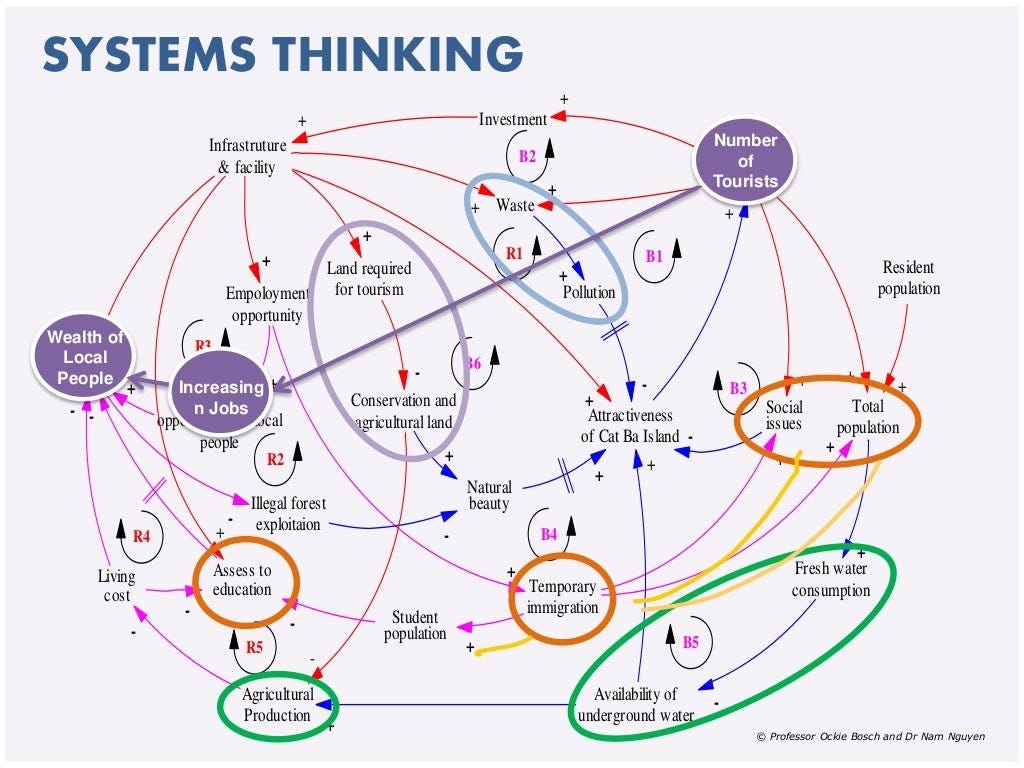Systems Thinking Applied To Circadian Biology
Ever since I first encountered the concept of systems thinking, it struck a deep chord with me.
I immediately recognized its power, not just as a theoretical framework, but as a more accurate way of seeing reality itself.
Systems thinking isn’t just a tool for analysis. It’s an epistemological lens that mirrors how the universe actually works. Everything, from the microscopic machinery of a single cell to the vast orchestration of galaxies, operates within interconnected systems.
Even more profound is the realization that these layers of systems aren’t separate, they influence one another. The micro affects the macro, and the macro shapes the micro, creating a continuous feedback loop of causality and emergence.
Understanding this dynamic gave me a framework to navigate complexity with clarity, and it’s why I see systems thinking as indispensable for anyone serious about understanding health, life, or the nature of reality.
In this article, we’ll go through the five main fundamentals in…


